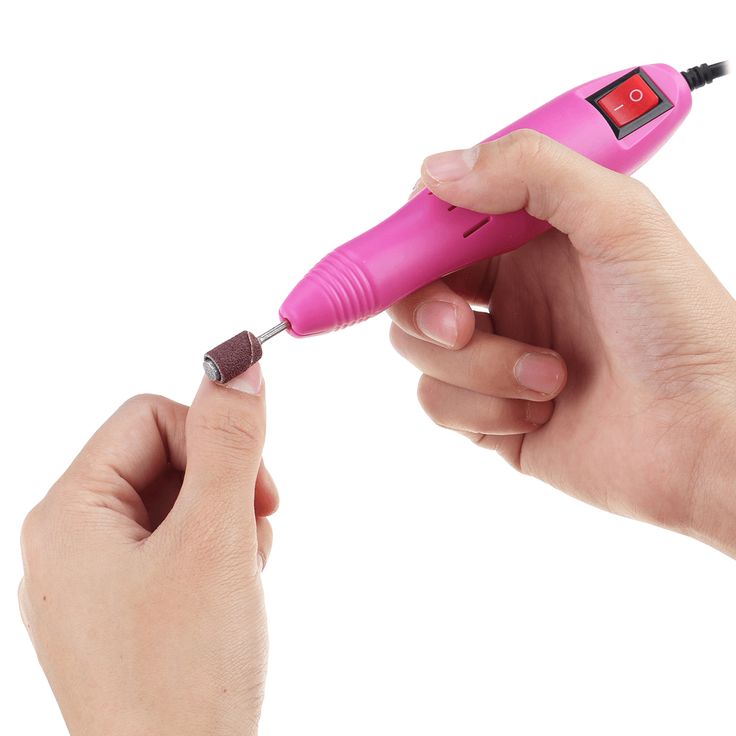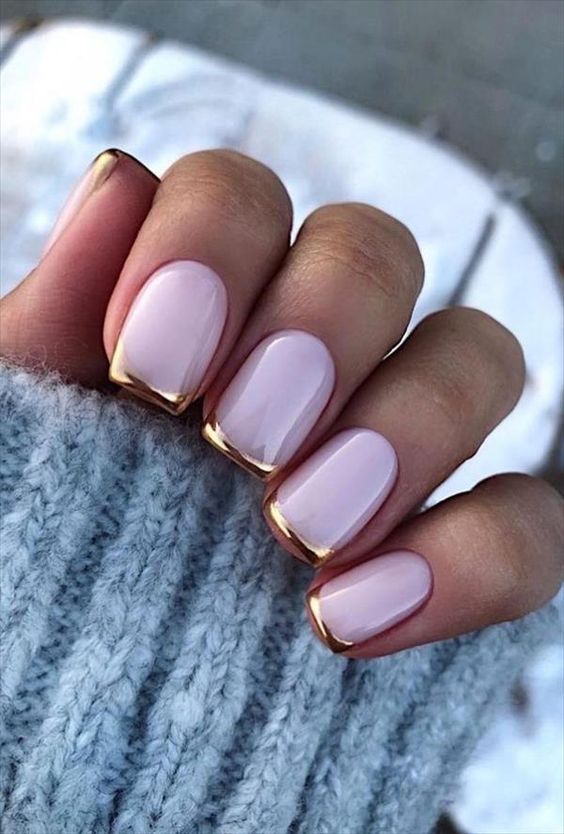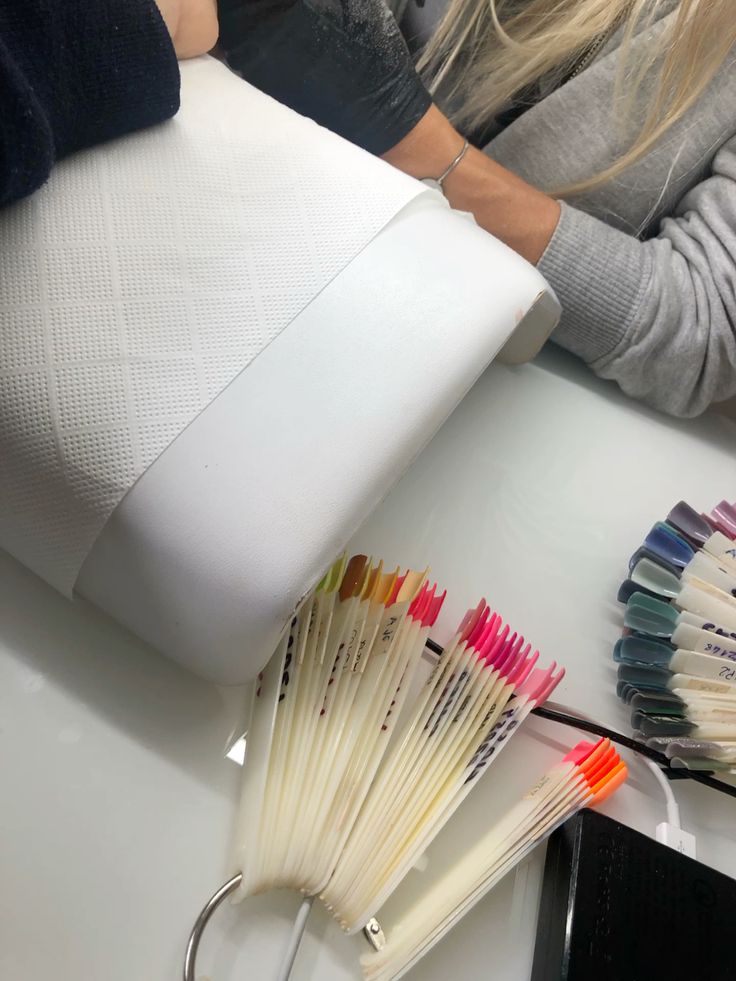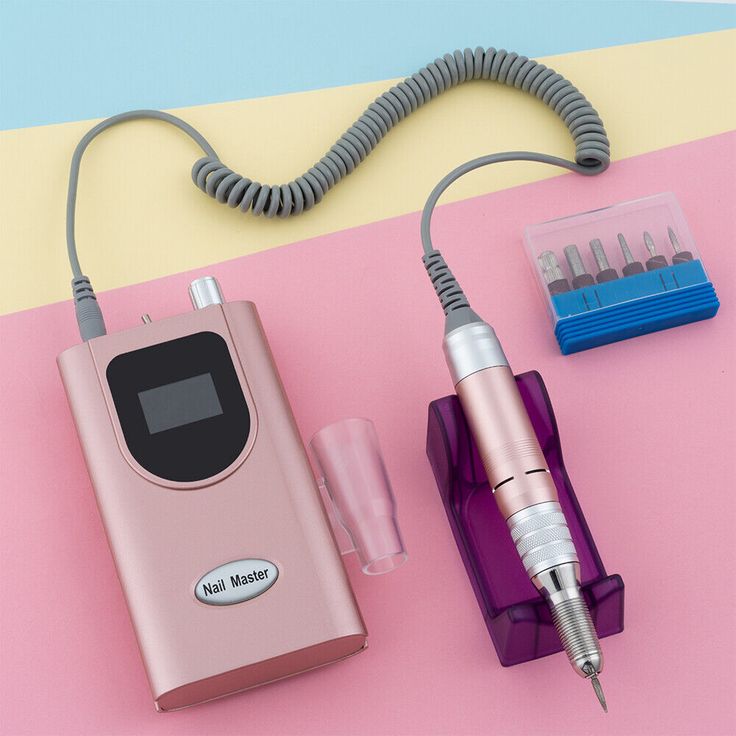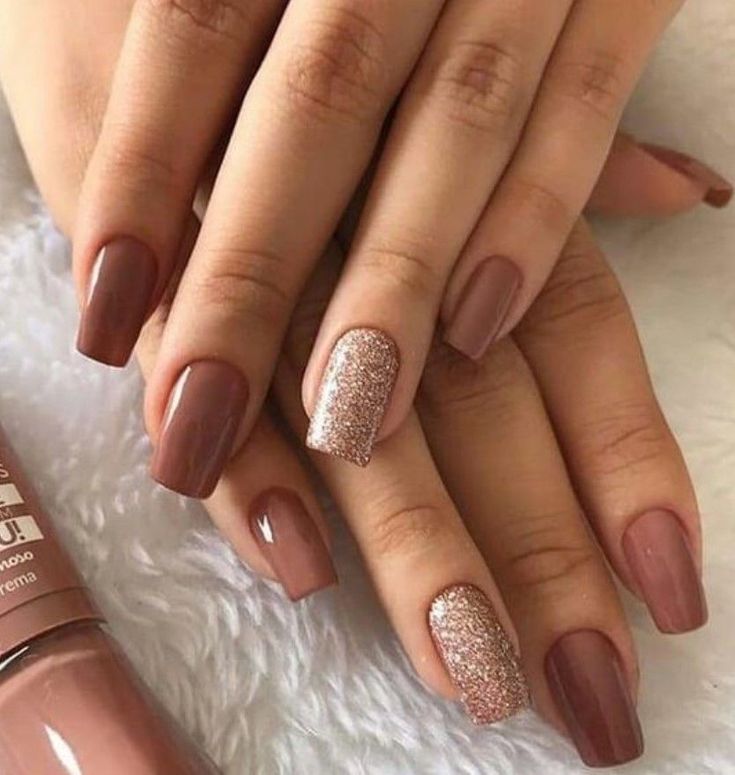
Top Nail Drill Techniques from Industry Leaders
- uzmdrill
- August 31, 2024
- 51 views
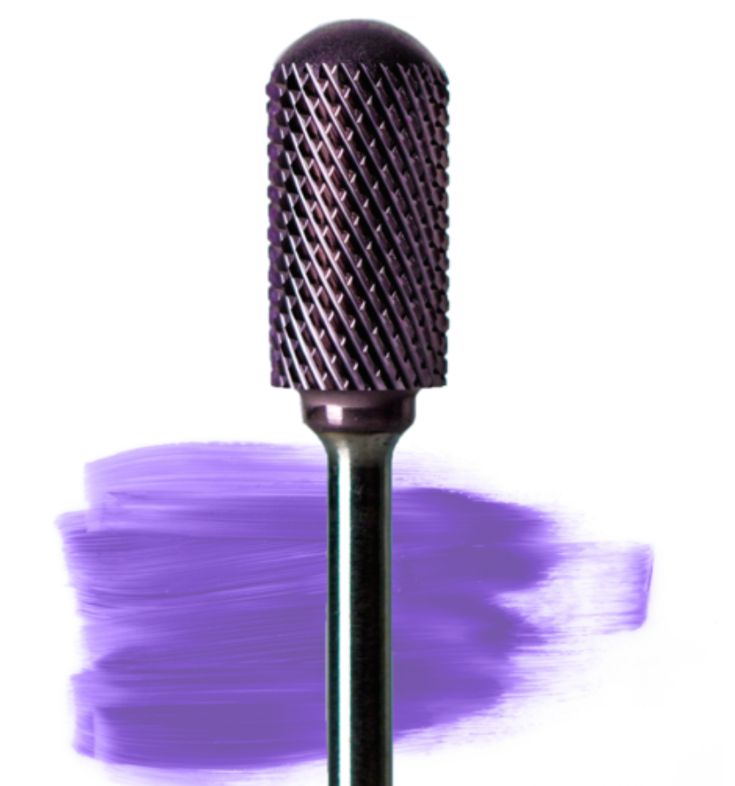
Nail drill machines have become indispensable tools for both professional nail technicians and at-home enthusiasts. When used correctly, these devices can help you achieve salon-quality nails with precision and efficiency. However, mastering a nail drill requires practice and an understanding of various techniques to ensure safe and effective results. To help you elevate your nail game, we’ve gathered insights from industry leaders on the top nail drill techniques. Whether you’re a beginner or looking to refine your skills, these tips will guide you toward flawless nails.
1. Proper Grip and Posture
Why It Matters:
Before diving into specific techniques, it’s essential to understand the importance of holding the nail drill correctly and maintaining good posture. A proper grip ensures control and accuracy, while good posture reduces the risk of strain or injury over time.
Technique Tips:
- Grip: Hold the nail drill like a pen, ensuring that your fingers are relaxed yet firm. Avoid holding it too tightly, as this can cause hand fatigue and reduce precision.
- Posture: Sit up straight with your feet flat on the floor. Position your work area at a comfortable height, so you’re not bending or reaching awkwardly. Keep your wrists straight and supported to prevent strain.
2. Mastering Speed Control
Why It Matters:
One of the most critical aspects of using a nail drill is mastering speed control. Different techniques and materials require different speeds, and understanding how to adjust the speed will help you avoid over-filing or damaging the nail.
Technique Tips:
- Low Speed (5,000-10,000 RPM): Ideal for cuticle work and natural nails. Using a lower speed reduces the risk of damaging the nail bed or cuticles.
- Medium Speed (10,000-15,000 RPM): Perfect for shaping and refining acrylic or gel nails. This speed allows for smooth filing without causing heat buildup.
- High Speed (15,000-25,000 RPM): Reserved for removing bulk from acrylic or hard gel nails. High speeds should be used with caution to avoid overheating and causing discomfort to the client.
3. Choosing the Right Drill Bit
Why It Matters:
Nail drill bits come in various shapes, sizes, and materials, each designed for specific tasks. Choosing the right bit for the job ensures that you achieve the desired result without damaging the nails.
Technique Tips:
- Mandrel with Sanding Bands: Ideal for beginners and versatile for multiple tasks like smoothing and buffing natural nails or gels.
- Carbide Bits: Excellent for removing gel polish or reducing the length of acrylic nails. Coarse carbide bits are perfect for removing bulk, while fine carbide bits are better for smoothing and refining.
- Diamond Bits: Great for precision work on cuticles and sidewalls. Diamond bits are gentle yet effective, making them perfect for detail work and smoothing rough edges.

4. Using the E-File for Cuticle Work
Why It Matters:
Cuticle work requires a delicate touch, and using a nail drill for this purpose can be challenging. However, when done correctly, it can create a clean, professional look that is difficult to achieve with manual tools.
Technique Tips:
- Bit Selection: Use a fine diamond bit or a small, tapered barrel bit specifically designed for cuticle work. These bits are gentle on the skin and help lift and remove dead skin effectively.
- Technique: Hold the drill at a low speed and gently move it around the cuticle area in small, circular motions. Avoid applying too much pressure to prevent damaging the natural nail or cuticle.
5. Refining Shapes with Precision
Why It Matters:
Achieving the perfect nail shape—whether almond, square, or stiletto—requires precision and a steady hand. Using a nail drill can help you refine shapes more efficiently than manual filing.
Technique Tips:
- Bit Selection: For shaping, use a medium or fine grit barrel bit. This allows you to file and refine the nail shape smoothly without removing too much product at once.
- Technique: Work slowly and steadily, focusing on the nail’s sidewalls and free edge. Keep the drill bit parallel to the nail to avoid creating grooves or uneven surfaces.
6. Removing Gel Polish Safely
Why It Matters:
Removing gel polish can be time-consuming if done manually. A nail drill speeds up the process, but it requires the right technique to avoid damaging the natural nail underneath.
Technique Tips:
- Bit Selection: Use a coarse carbide bit or a sanding band for efficient gel polish removal. Ensure the bit is in good condition to avoid creating excessive heat or dust.
- Technique: Set the drill to a medium speed and gently glide the bit over the gel polish, moving from the base to the tip in smooth strokes. Avoid staying in one spot for too long to prevent heat buildup and discomfort.
7. Buffing and Finishing Techniques
Why It Matters:
The final steps of any nail service—buffing and finishing—are crucial for achieving a smooth, polished look. A nail drill can help create a flawless finish that’s difficult to achieve with a manual buffer.
Technique Tips:
- Bit Selection: Use a soft buffer bit or a fine sanding band for the final buffing stage. These bits smooth out any remaining imperfections without being too abrasive.
- Technique: Gently buff the surface of the nail in a circular motion, ensuring even coverage. This technique will help create a natural shine and smoothness to the nail surface.

8. Nail Art Techniques with a Nail Drill
Why It Matters:
Nail drills aren’t just for filing and shaping—they can also be used to create intricate nail art designs, adding a unique touch to any manicure.
Technique Tips:
- Bit Selection: For nail art, use fine diamond or carbide bits with a pointed or rounded tip, allowing for detailed engraving or etching on the nail surface.
- Technique: Start with a low speed to outline your design, then gradually increase speed for deeper, more defined cuts. Practice on a sample nail first to perfect your technique before working on a client or your nails.
9. Maintaining Your Nail Drill and Bits
Why It Matters:
Proper maintenance of your nail drill and bits is essential for safety, hygiene, and extending the lifespan of your equipment. Regular cleaning and care ensure optimal performance and prevent cross-contamination.
Technique Tips:
- Cleaning: After each use, clean your bits with a brush to remove dust and debris. Disinfect metal bits in a sterilizer and replace sanding bands after each client to maintain hygiene.
- Maintenance: Check your nail drill regularly for any signs of wear or damage, and replace parts as needed. Lubricate the drill according to the manufacturer’s instructions to keep it running smoothly.
FAQs: Nail Drill Techniques
Q1: How can I prevent over-filing with a nail drill?
A1: Use the correct speed and pressure for the task, and always keep the drill moving to avoid focusing too much on one spot. Practice on a sample nail to get a feel for the drill before working on a client or your nails.
Q2: What’s the best way to practice using a nail drill?
A2: Start by practicing on practice fingers or a nail trainer hand. Begin with simple tasks like shaping and gradually work your way up to more complex techniques like cuticle work and nail art.
Q3: How often should I replace my nail drill bits?
A3: It depends on how often you use them. Regularly inspect your bits for signs of wear, such as dullness or rust. Replace them when they no longer perform effectively or after every few uses for optimal hygiene.
Q4: Can I use the same nail drill for natural nails and acrylics?
A4: Yes, but you’ll need to use different bits and speed settings for each material. Natural nails require a gentler touch and lower speeds, while acrylics can withstand higher speeds and coarser bits.
Q5: How do I choose the right drill bit for a specific technique?
A5: Consider the material you’re working on and the result you want to achieve. For example, use a fine bit for natural nails and cuticle work and a coarse bit for removing acrylics or gels.
Conclusion
Mastering nail drill techniques can significantly enhance your nail care skills, whether you’re a professional or a DIY enthusiast. By understanding the different tools and techniques available, you can achieve salon-quality nails safely and effectively. Remember to practice regularly, maintain your equipment, and stay updated on the latest trends and tips from industry leaders to keep your nail skills sharp and your clients happy.

